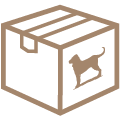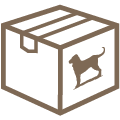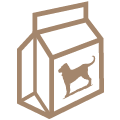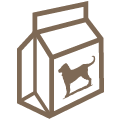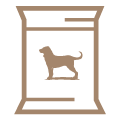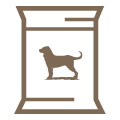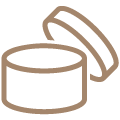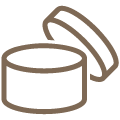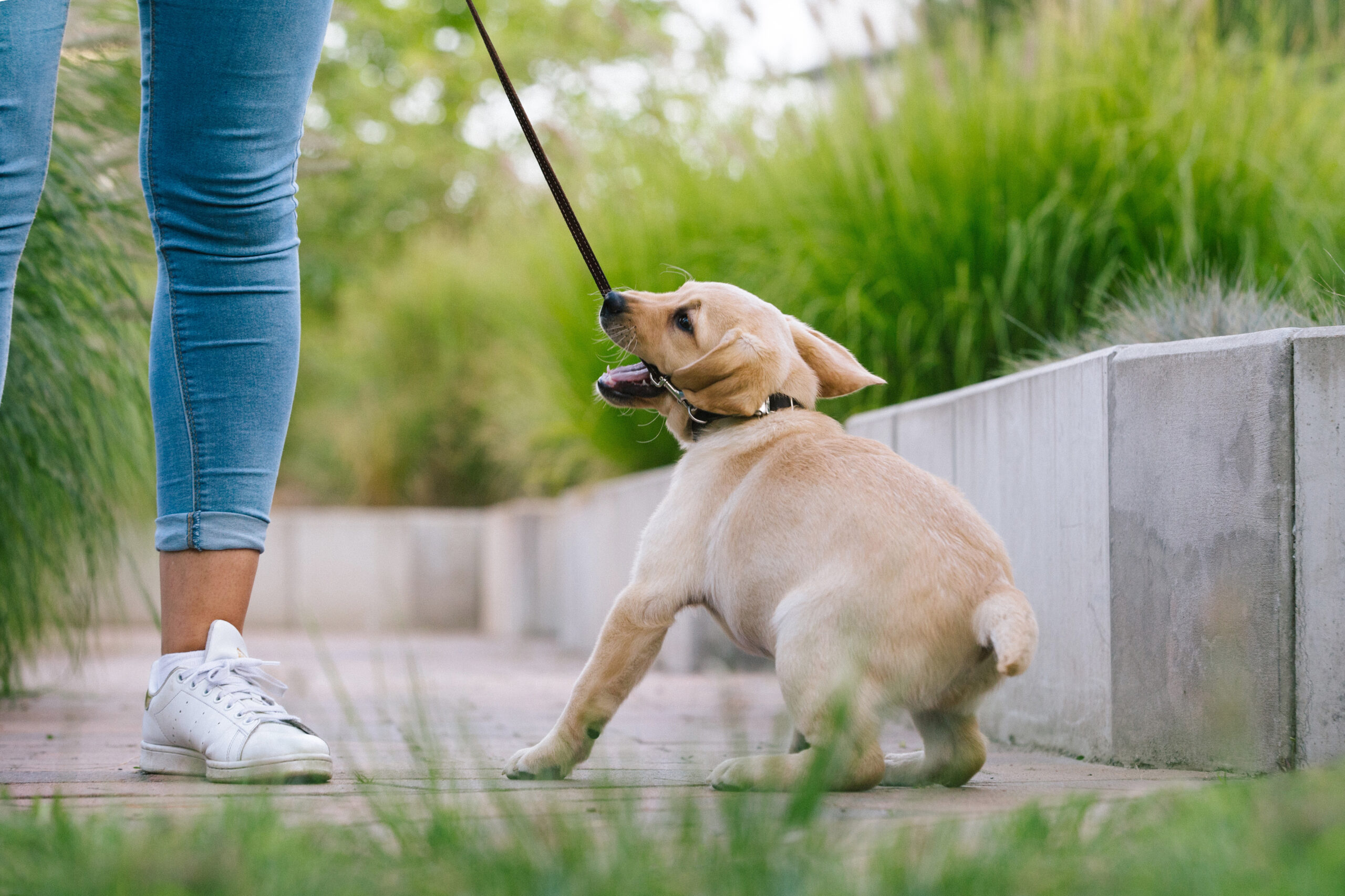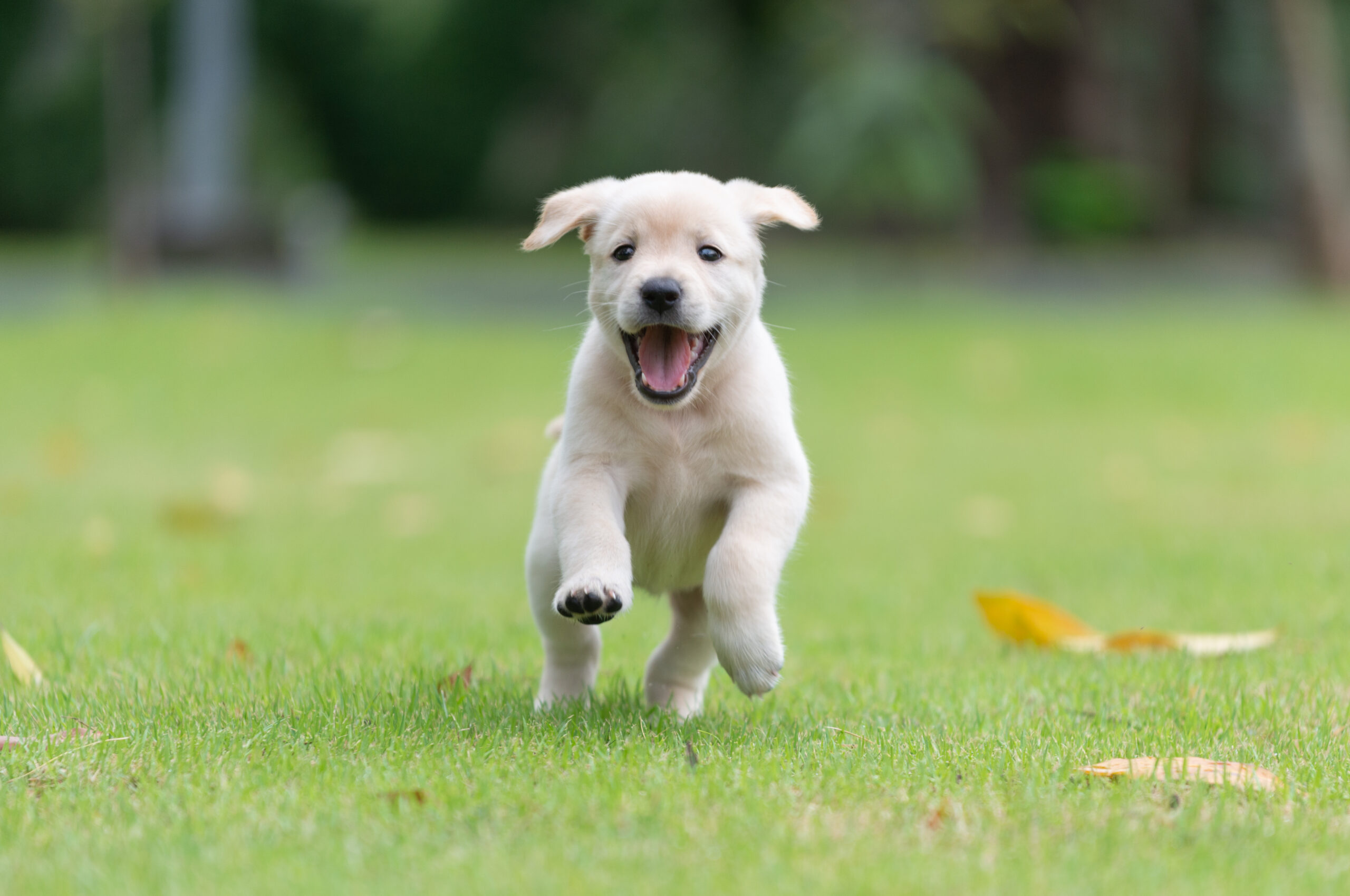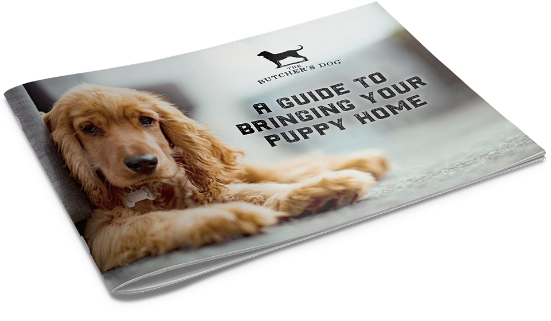How diet can impact a dogs behaviour
The implications of diet on puppy brain development and subsequent trainability and socialisation, cannot be overstated. Unfortunately, when a dog misbehaves or doesn’t seem able to focus, diet is rarely considered.
We know that high-Glycaemic Index (GI) carbs contribute to numerous chronic illnesses and inflammation in dogs, but did you realise that they could also negatively affect brain function, behaviour and trainability?
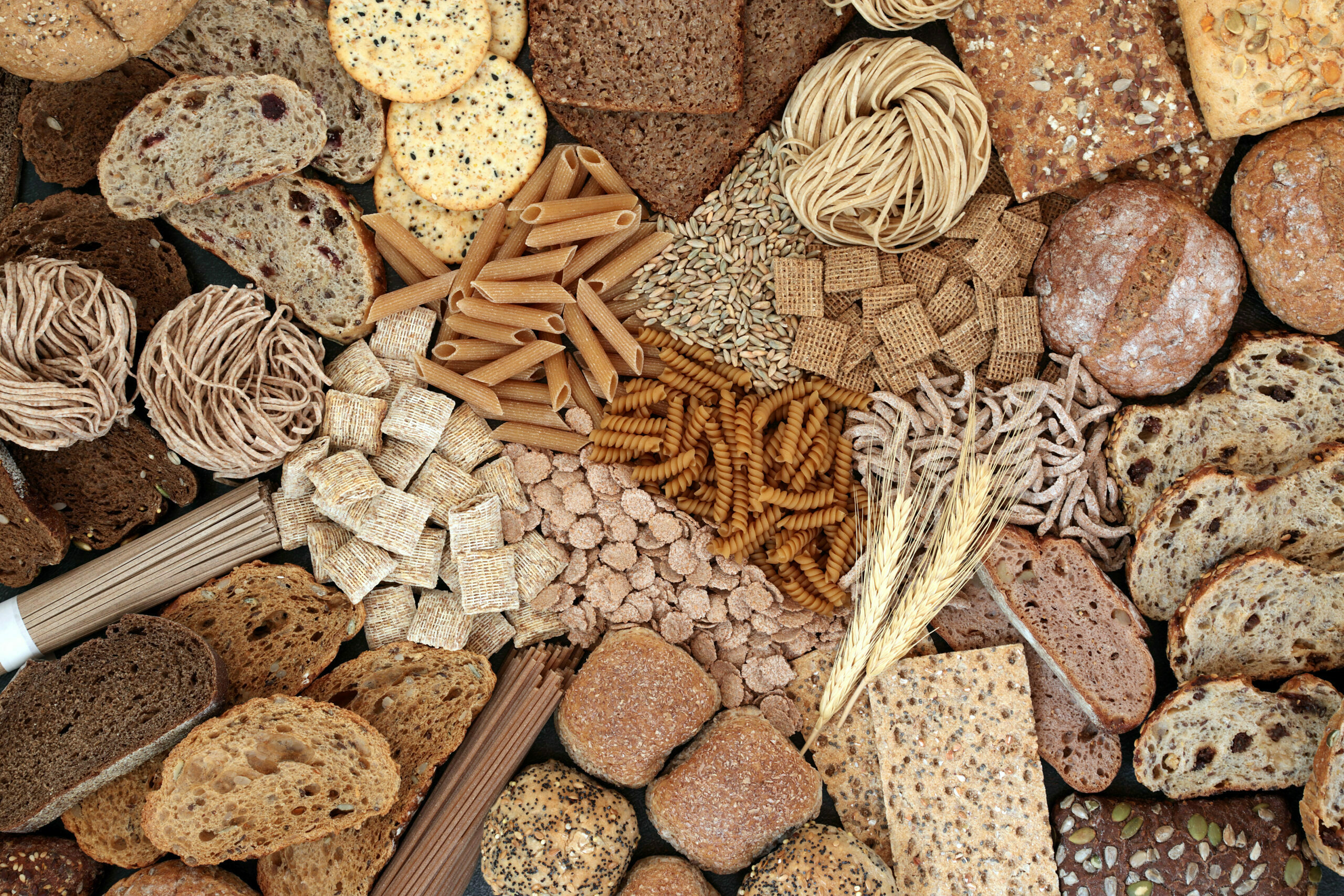
What is the difference between high-GI & low-GI foods?
Carbohydrate foods that are broken down quickly by the body and cause a rapid increase in blood glucose have a high GI rating.
Low-GI foods are those that contain carbohydrates that are digested slowly, which means energy is sustained for long periods of time.
How does this affect my dog’s behaviour?
Have you ever experienced a child who becomes wildly hyperactive shortly after consuming sugary food or drink and then crashes into sleepiness an hour later? High GI foods which contain corn, wheat and starches create similar mood swings in dogs. After ingesting dry foods dogs experience a ‘sugar high’ in the form of hyperactivity (the zoomies) and a resulting lack of focus and negative impact on a dogs behaviour.
Pet parents often mistake this as ill-mannered and uncooperative behaviour when it is actually food related. The high is followed by a low which can cause dogs to become sleepy, lethargic, moody and irritable.

High glycaemic foods can also lead to hunger-related behavioural problems. Simple carbohydrates digest and absorb fast, leaving dogs feeling hungry again quicker. This effect can lead to undesirable begging behaviours or even munching on inappropriate “foods” such as shoes and furniture.

Essential amino acids in protein
Tryptophan and tyrosine are amino acids found in high levels in meat proteins, and act as building blocks to neurotransmitters. Neurotransmitters play an important role in regulating everything from heartbeat and digestion to behaviour and mood. Tryptophan is the precursor to serotonin, the neurotransmitter that promotes a feeling of calm, relaxation and well-being. It is found in large quantities in meats such as Turkey, which is why we feel calm after Christmas dinner. When Tryptophan crosses the blood-brain barrier it can double serotonin synthesis in the brain. Insufficient levels of dietary tryptophan have been associated with aggressive behaviour, depression and elevated stress hormones such as cortisol. Tyrosine, the amino acid precursor to dopamine, has been shown to improve stress hormones and is also found in high amounts in meat. Dogs who suffer from anxiety benefit from a raw diet because of the high bioavailability of Tyrosine and Tryptophan in meats such as beef, chicken, turkey, and salmon.
Put simply, dogs are calmer and easier to train when fed a diet high in a variety of quality raw proteins and low in synthetic nutrients and processed starchy carbs.

Toilet Training
Dry feed dogs and puppies need to drink significantly larger amounts of water to maintain normal bodily functions this is due to the fact dry dog food can only have 10-12% moisture to help extend it’s shelf life. Where as fresh raw food contains up to 60% moisture. A dog needs to drink 4 cups of water for every cut of kibble to make up the moisture content lost during the production of dry dog food. Dry food also requires a lot of water to be digested and broken down. Kibble is coated with palatability chemicals and salt simply to encourage dogs to eat it. This combined with the lack of h20 in the food increases their thirst.
Raw fed dogs and puppies maintain a higher level of natural hydration as the food they are consuming contains water. This makes it much easier to toilet train puppies as they don’t have their head in the water bowl as often and consequently need to pee less frequently. They also pass less solid waste matter as dry food contains a large portion of indigestible filler ingredients.
References
Canine Nutrigenomics by W Jean Dodds DVM and Diana Laverdure.
Feeding Dogs: The Science Behind The Dry Versus Raw Debate by Dr Conor Brady PhD.




